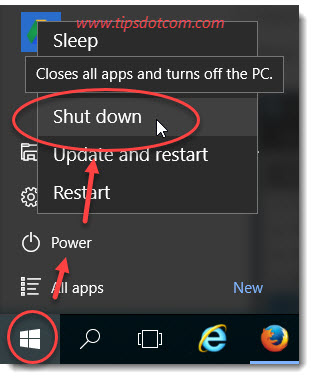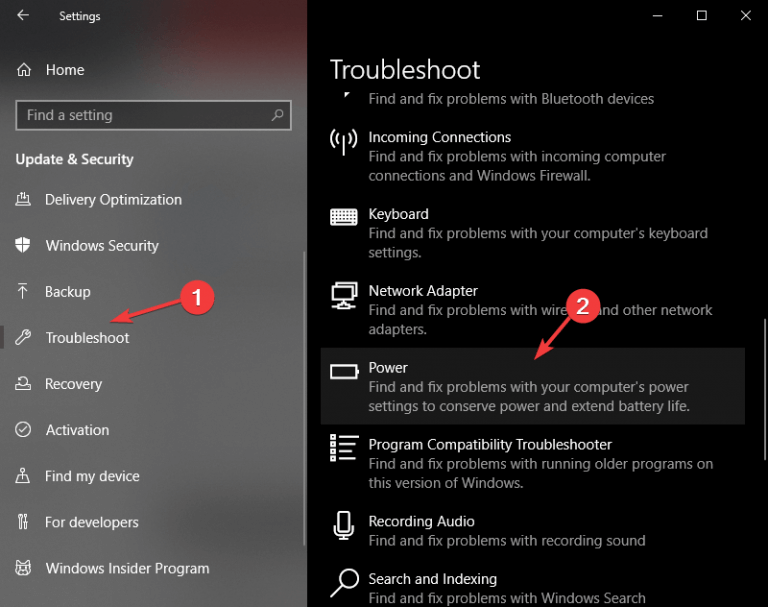
 Click on Apply Changes and restart Windows. Here configure the dropdowns to Sleep for what happens when I close the lid. With this, you’ll be prompted to a list of options. Next, select Choose what closing the lid does from the left navigation pane. Now, navigate to Hardware and Sound > Power Options. In the Start Search Box, key in Control Panel and choose the best match. Choose the option for Power, and select Run Troubleshooter.Ī recent Windows update might likely have messed with the Power Plan settings. Navigate to Settings > Update and Security > Troubleshoot > Additional Troubleshooters. Click on the Run option to let Windows find and fix issues with the PC. Scroll down, and you should be able to find the option for Power. Next, choose Troubleshoot > Other Troubleshooters.
Click on Apply Changes and restart Windows. Here configure the dropdowns to Sleep for what happens when I close the lid. With this, you’ll be prompted to a list of options. Next, select Choose what closing the lid does from the left navigation pane. Now, navigate to Hardware and Sound > Power Options. In the Start Search Box, key in Control Panel and choose the best match. Choose the option for Power, and select Run Troubleshooter.Ī recent Windows update might likely have messed with the Power Plan settings. Navigate to Settings > Update and Security > Troubleshoot > Additional Troubleshooters. Click on the Run option to let Windows find and fix issues with the PC. Scroll down, and you should be able to find the option for Power. Next, choose Troubleshoot > Other Troubleshooters.  On a PC running Windows 11, open the Settings panel and navigate to the System section. Here’s how you can use the Windows troubleshooter to fix the problems with power.
On a PC running Windows 11, open the Settings panel and navigate to the System section. Here’s how you can use the Windows troubleshooter to fix the problems with power. 
Windows has a robust troubleshooter that can diagnose and fix a variety of issues on its own. You may need admin permission to resolve this.
Intel(R) Management Engine Interface (IMEI) Drivers. This post will guide you on fixing issues with your PC shutting down rather than going to sleep in Windows 11/10.įix Windows Shuts Down Instead of Going to Sleep (Windows 11/10)Ī power setting, a disabled BIOS setting, or a fault in the Intel Management Engine Interface (IMEI) driver are all possibilities for the cause of the problem. However, some users have reported that the laptop shuts down instead of sleep, causing data loss and valuable time. Hence, laptop users prefer placing their Windows into Sleep or Hibernate mode to preserve those valuable seconds by closing their lid. Shutting down your PC might take a long time, and starting it up can take much longer. One of the most unpleasant problems you may have with a gadget, most commonly your computer, is when it begins to do something it has never done before.








